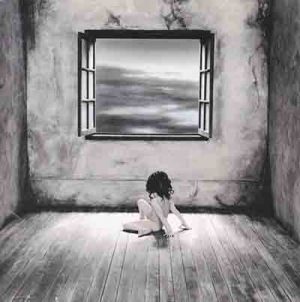


This was, in turn, followed by debut foreign appearances - shows in Taipei, Hong Kong, and Shanghai - and then a monster Tokyo concert that wasn't hindered even by a storm that destroyed part of the set the night before. Inoran wrote the theme song "Breathe" for the Disney cartoon Mulan (1997), and the subsequent tour was supported by the company. Shine was preceded by a year of solo work by each of the five bandmembers, and the release itself showed a change of style that was (somewhat unjustly) labeled "going pop" by hardcore followers. At this point, however, the cracks began to show. In 1995, the band took a year-long breather from recording, and then made it: Style (1996), Shine (1998), and the compilation Singles (1997) all went to number one on the charts. A sold-out tour in 1992 helped them get a contract with Universal, and after that, things went in an upward spiral: second album Image (1992) scored number nine on the charts its follow-up, Eden (1993), got to number five, and Mother (1994), written in isolation and considered by many fans the top artistic achievement of Luna Sea, stopped one place short of the top. That was when Hideto Matsumoto, the lead guitarist of X-Japan, heard them, and soon they were signed to the cult visual kei label Extasy Records of X-Japan's drummer, Yoshiki Hayashi, who also produced the band's debut eponymous LP in 1991 (the only one not to chart with Oricon). They switched to the Luna Sea moniker in 1990, already having established a substantial following in Tokyo. Adding Ryuichi Kawamura of Slaughter on vocals, the band started playing small clubs and doing demo records, of which they managed three before the end of the year. Guitarist Shinobu "Inoran" Inoue and bassist Jun "J" Onose were high-school buddies, who met Yasuhiro "Sugizo" Sugihara (guitar and violin) and Shinya Yamada (drums), former members of Pinocchio, while slacking off during their college days in the Tokyo area. The band was formed in 1989 as a quintet initially named Lunacy. Luna Sea's sound was firmly based in '80s hard rock, but the band had a versatile, almost proggy approach to songwriting, and its softer side, displayed later on in the group's career, proved equally strong. Luna Sea were the definitive visual kei band of the '90s, rivaling even X-Japan, with whom they had a master-pupil relationship - two members of X-Japan, which itself split in mid-'90s, discovered Luna Sea in 1990.


 0 kommentar(er)
0 kommentar(er)
